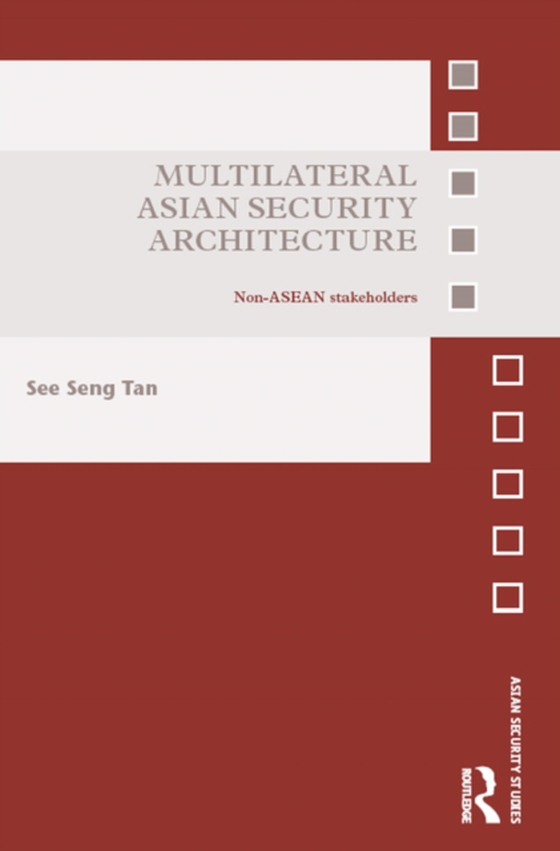
Multilateral Asian Security Architecture e-bog
473,39 DKK
(inkl. moms 591,74 DKK)
This book provides a comparative assessment of the material and ideational contributions of five countries to the regional architecture of post-Cold War Asia.In contrast to the usual emphasis placed on the role and centrality of the Association of Southeast Asian Nations (ASEAN) in Asia's multilateral architecture and its component institutions, this book argues that the four non-ASEAN countrie...
E-bog
473,39 DKK
Forlag
Routledge
Udgivet
16 juli 2015
Længde
210 sider
Genrer
1F
Sprog
English
Format
pdf
Beskyttelse
LCP
ISBN
9781317447849
This book provides a comparative assessment of the material and ideational contributions of five countries to the regional architecture of post-Cold War Asia.In contrast to the usual emphasis placed on the role and centrality of the Association of Southeast Asian Nations (ASEAN) in Asia's multilateral architecture and its component institutions, this book argues that the four non-ASEAN countries of interest here Australia, Japan, China and the United States and Indonesia have played and continue to play an influential part in determining the shape and substance of Asian multilateralism from its pre-inception to the present. The work does not contend that existing scholarship overstates ASEAN's significance to the successes and failures of Asia's multilateral enterprise. Rather, it claims that the impact of non-ASEAN stakeholders in innovating multilateral architecture in Asia has been understated. Whether ASEAN has fared well or poorly as a custodian of Asia's regional architecture, the fact remains that the countries considered here, notwithstanding their present discontent over the state of that architecture, are key to understanding the evolution of Asian multilateralism. This book will be of much interest to students of Asian politics, international organisations, security studies and IR more generally.
 Dansk
Dansk

